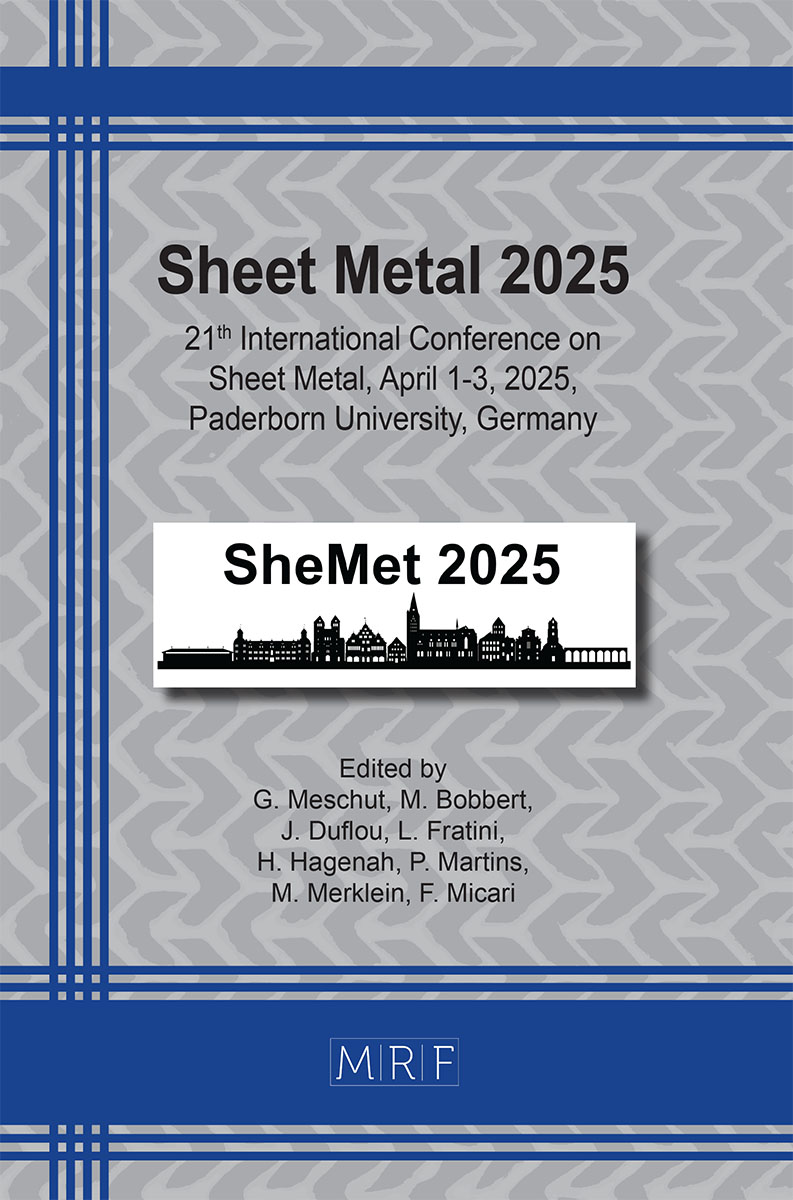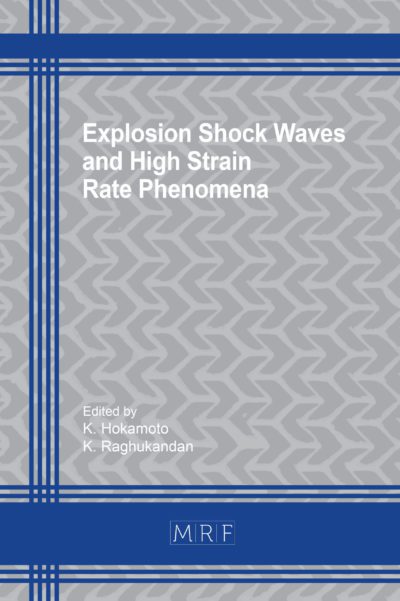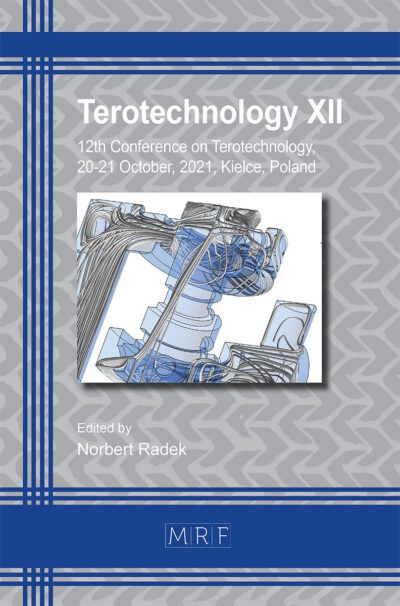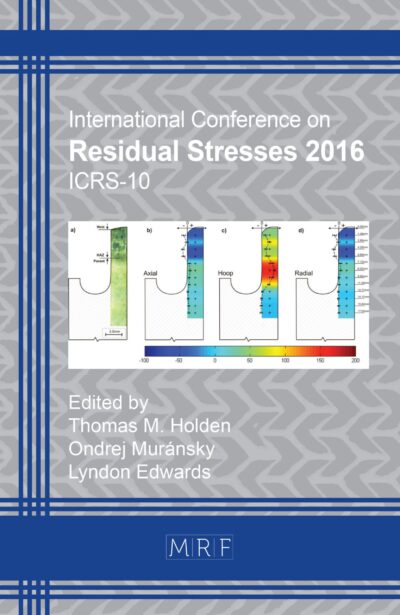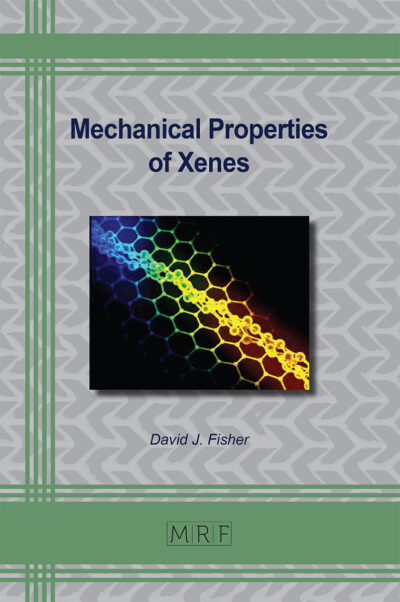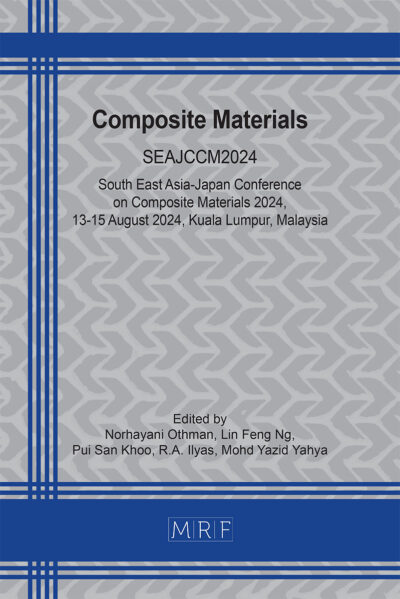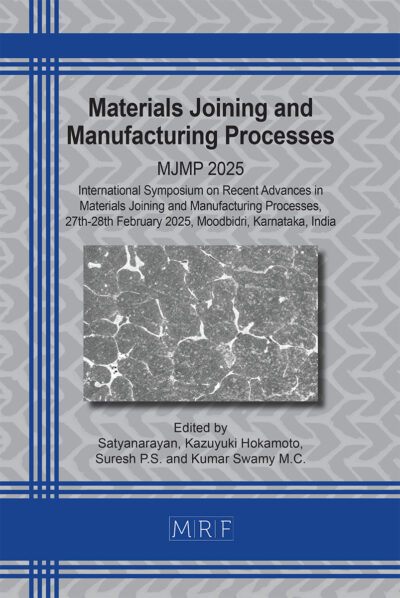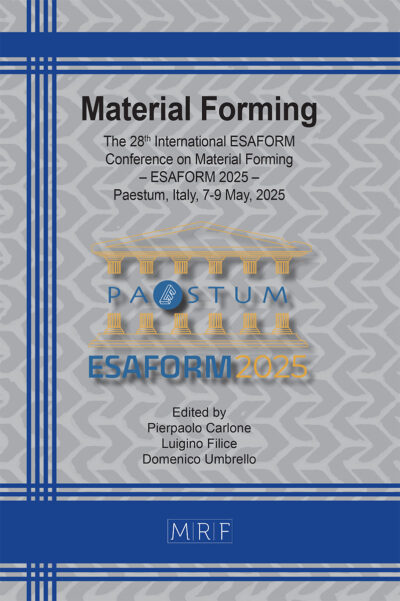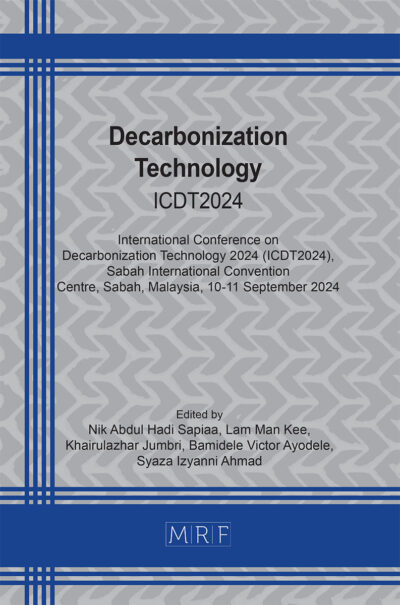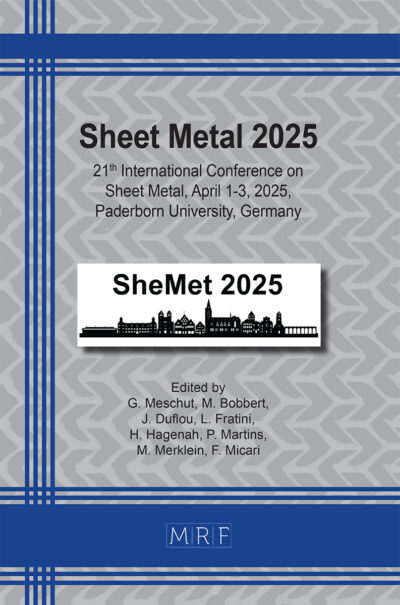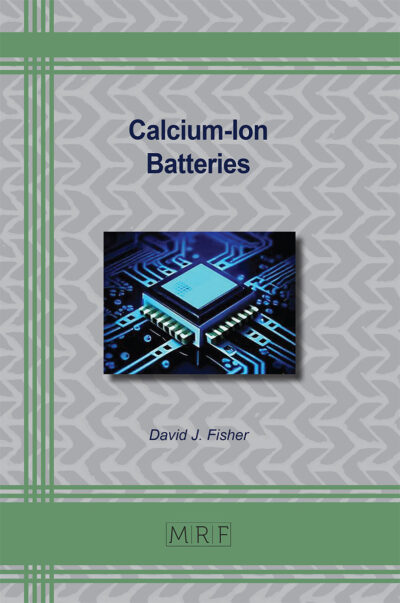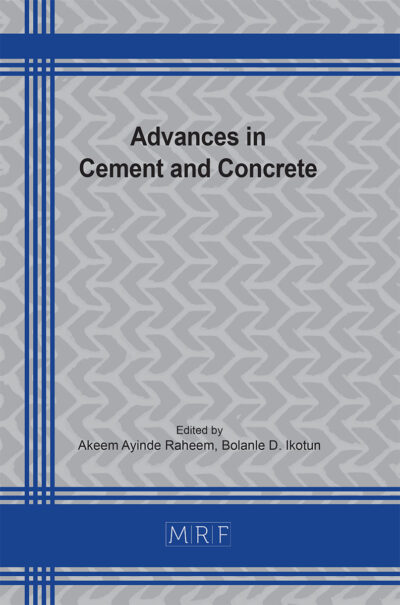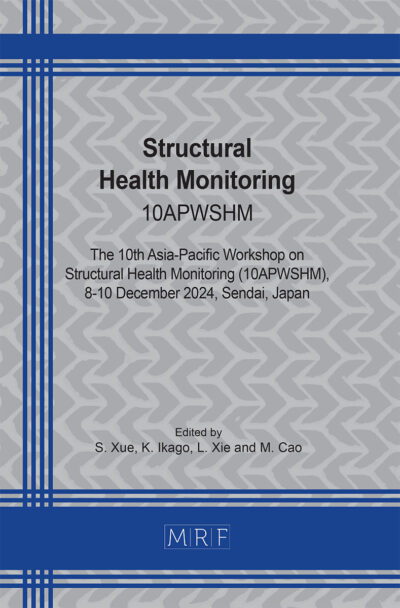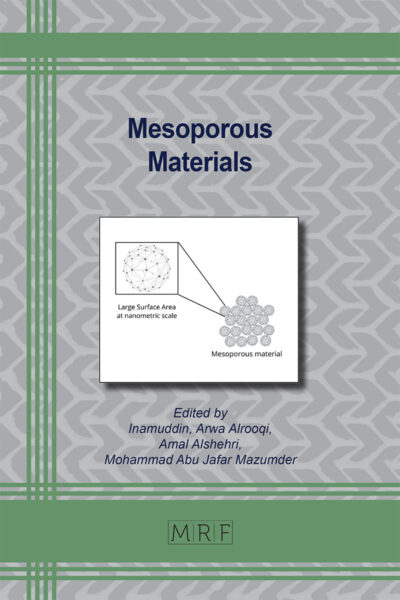Local adaptation of aluminum blanks through laser de-alloying and wire alloying
Marcel Stephan, Henrik Zieroth, Simona Samland, Dominic Bartels, Marion Merklein, Michael Schmidt
Abstract. The 7xxx series aluminum alloys, renowned for their exceptional specific strength, are promising materials for automotive manufacturing. Despite their advantages, the widespread application of these alloys is inhibited by their low formability. The high strength but low formability is caused by Zn and Mg precipitations, which hinder dislocation motion. In this study, the local adaption of the elemental composition of aluminum blanks through selective evaporation and alloying via auxiliary wire is investigated. A high-power laser is used for melting and evaporating low boiling elements such as Mg and Zn while adding AlSi5 in parallel to improve formability in the forming zone. The resulting element distribution is studied and correlated with the applied process conditions, to gain an insight on the possibilities and limitations of the laser induced alloy adaption.
Keywords
Laser Welding, Aluminum, Hybrid Manufacturing
Published online 4/1/2025, 9 pages
Copyright © 2025 by the author(s)
Published under license by Materials Research Forum LLC., Millersville PA, USA
Citation: Marcel Stephan, Henrik Zieroth, Simona Samland, Dominic Bartels, Marion Merklein, Michael Schmidt, Local adaptation of aluminum blanks through laser de-alloying and wire alloying, Materials Research Proceedings, Vol. 52, pp 365-373, 2025
DOI: https://doi.org/10.21741/9781644903551-45
The article was published as article 45 of the book Sheet Metal 2025
![]() Content from this work may be used under the terms of the Creative Commons Attribution 3.0 license. Any further distribution of this work must maintain attribution to the author(s) and the title of the work, journal citation and DOI.
Content from this work may be used under the terms of the Creative Commons Attribution 3.0 license. Any further distribution of this work must maintain attribution to the author(s) and the title of the work, journal citation and DOI.
References
[1] M. Tisza, I. Czinege, Comparative study of the application of steels and aluminium in lightweight production of automotive parts, International Journal of Lightweight Materials and Manufacture 1 (2018) 229-238. https://doi.org/10.1016/j.ijlmm.2018.09.001
[2] F. Vollertsen, K. Lange, Enhancement of Drawability by Local Heat Treatment, CIRP Annals 47 (1998) 181-184. https://doi.org/10.1016/S0007-8506(07)62813-3
[3] A. Poznak, D. Freiberg, P. Sanders, Automotive Wrought Aluminium Alloys, in: Fundamentals of Aluminium Metallurgy, Elsevier, 2018, pp. 333-386. https://doi.org/10.1016/B978-0-08-102063-0.00010-2
[4] Deutsches Institut für Normung, DIN EN 573-3, Aluminium and aluminium alloys – chemical composition and form of wrought products. Part 3, Chemical composition and form of products, Deutsche Fassung, Beuth Verlag GmbH, Berlin, 2024.
[5] W.M. Haynes, CRC Handbook of Chemistry and Physics, CRC Press, 2014. https://doi.org/10.1201/b17118
[6] D. Fabrègue, A. Deschamps, M. Suéry, Influence of the silicon content on the mechanical properties of AA6xxx laser welds, Materials Science and Engineering: A 506 (2009) 157-164. https://doi.org/10.1016/j.msea.2008.11.033
[7] R. Indhu, V. Vivek, L. Sarathkumar, A. Bharatish, S. Soundarapandian, Overview of Laser Absorptivity Measurement Techniques for Material Processing, Lasers Manuf. Mater. Process. 5 (2018) 458-481. https://doi.org/10.1007/s40516-018-0075-1
[8] O.O. Oladimeji, Trend and innovations in laser beam welding of wrought aluminum alloys, Welding in the world 60 (2016) 415-457. https://doi.org/10.1007/s40194-016-0317-9
[9] C. Teng, D. Pal, H. Gong, K. Zeng, K. Briggs, N. Patil, B. Stucker, A review of defect modeling in laser material processing, Additive Manufacturing 14 (2017) 137-147. https://doi.org/10.1016/j.addma.2016.10.009
[10] F. Nahr, D. Bartels, R. Rothfelder, M. Schmidt, Influence of Novel Beam Shapes on Laser-Based Processing of High-Strength Aluminium Alloys on the Basis of EN AW-5083 Single Weld Tracks, JMMP 7 (2023) 93. https://doi.org/10.3390/jmmp7030093

